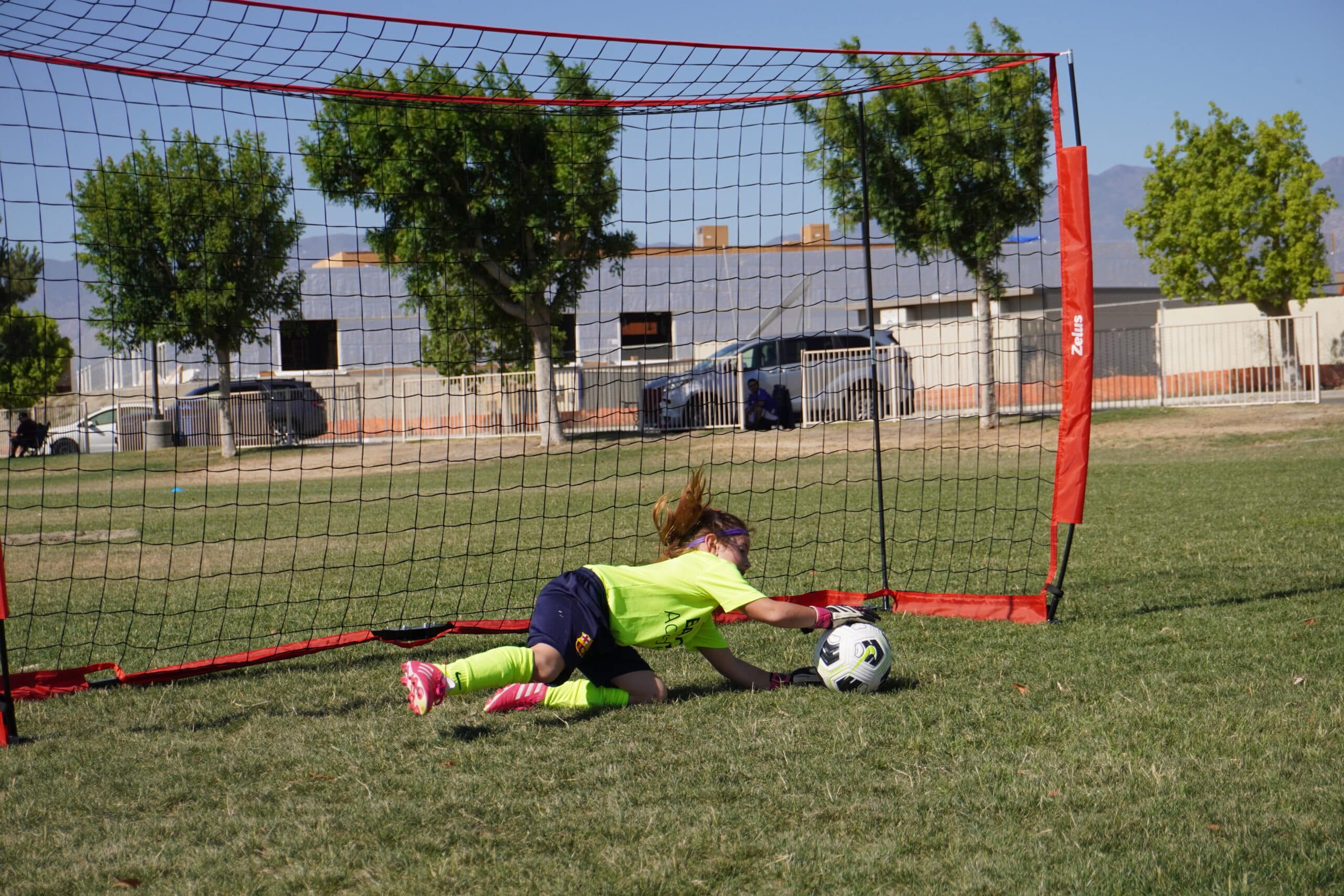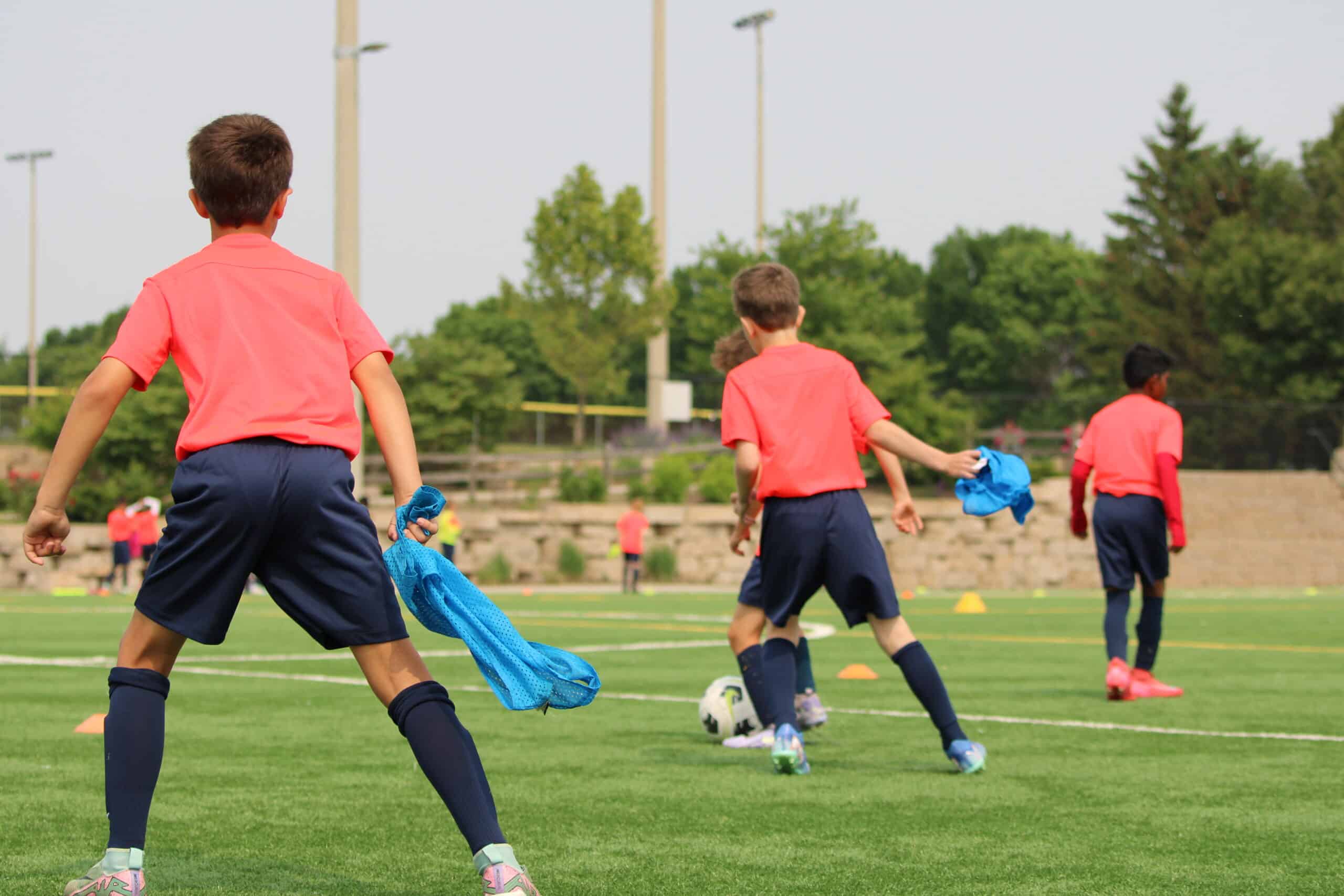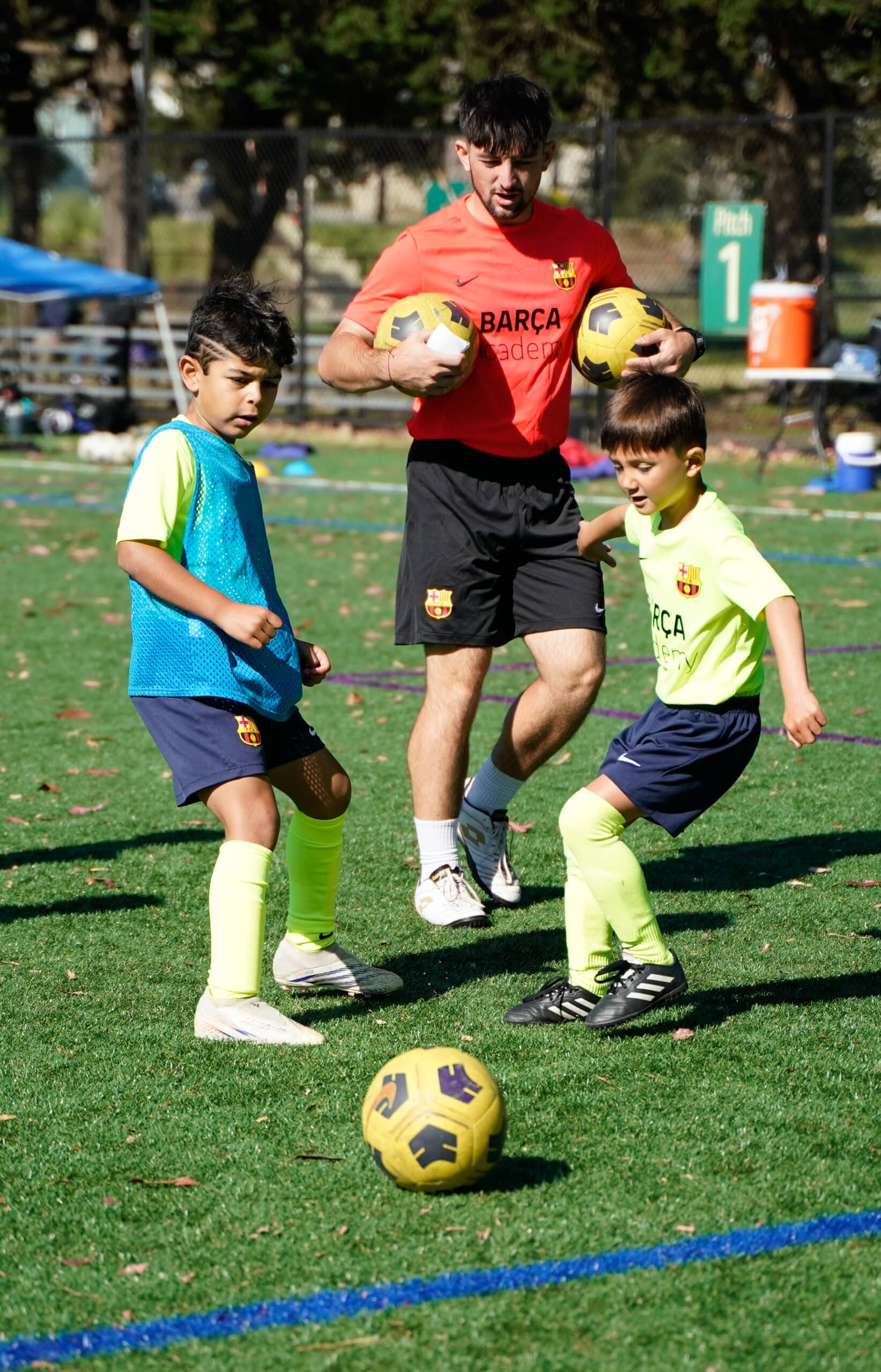Understanding the Importance of Breaking in Soccer Cleats
Hey, are you a soccer enthusiast or a professional player? Then you know how critical that perfect pair of soccer cleats are, right? They are not just any pair of shoes; they are your wingman in the field, helping you move with speed, agility, and precision. But, have you ever wondered why some players seem to have a better grip and control on the field right from the first use of new cleats, while others struggle with discomfort and even blisters? Well, the secret is in the “breaking in” of the soccer cleats. Let’s dive into understanding the importance of this often overlooked yet crucial process.
The Comfort Factor
Ever bought a new pair of shoes and felt that initial discomfort or stiffness? Yeah, it’s the same with soccer cleats. They need to be broken in to mold to the shape of your foot, providing you with the ultimate comfort and fit. This not only elevates your performance but also reduces the risk of foot injuries.
Improving Performance
When your soccer cleats fit like a second skin, it’s like having an extra advantage on the field. It allows for enhanced ball control, swift movements, and above all, confidence. In other words, a well-broken-in pair of cleats can be a game-changer!
Preventing Injuries
Did you know that wearing new, unbroken soccer cleats can lead to potential foot injuries? Yes, it’s true. The stiffness of new cleats can cause blisters, bruises, and even sprains. Breaking in your cleats gradually softens them, helping to prevent such issues and ensuring that you can play your best game without any discomfort or worry.

Longevity of the Cleats
Another significant benefit of breaking in your soccer cleats is that it can actually extend their life. A gradual break-in process prevents the leather from cracking, keeping your cleats in top condition for longer. Now, who wouldn’t want their favorite pair of cleats to last that extra season, right?
Ensuring Better Fit
Each of us has unique foot dimensions, and breaking in your soccer cleats ensures that they adapt to the shape of your foot. This ultimately leads to a better overall fit, which can really enhance your game performance. Remember, a good fit isn’t just about size; it’s about how well the cleat conforms to your foot’s shape.
Breaking in is Not an Option. It’s a Necessity!
So there you have it. Breaking in your soccer cleats isn’t just an afterthought. It’s a vital step in preparing for your soccer games or practices. It ensures comfort, improves performance, and increases the longevity of your cleats. So next time you get a new pair, remember to break them in before hitting the field. Stay tuned as we’ll discuss how to do this in our next section. You’re just one step away from enjoying that perfect game!
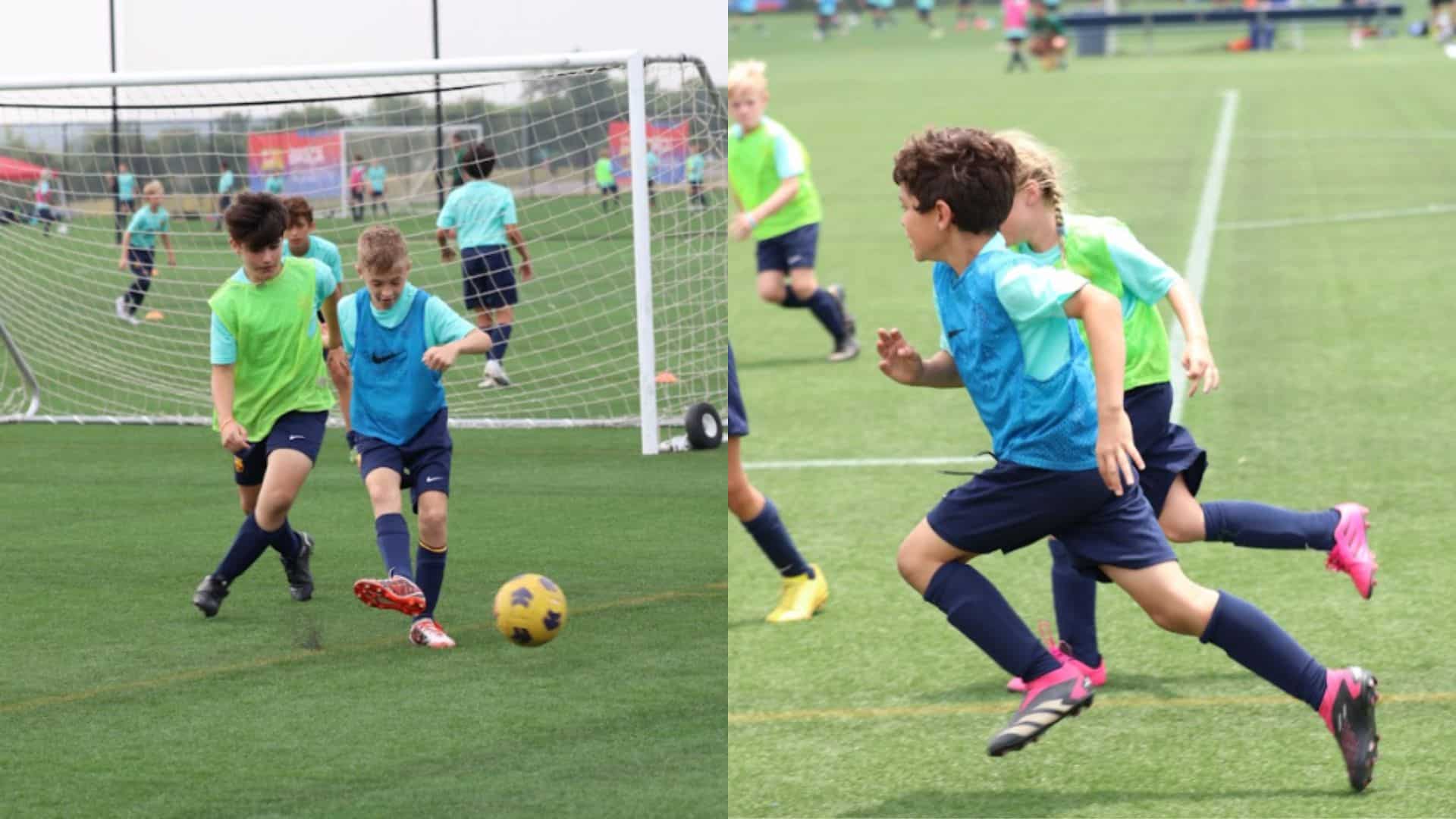
Selecting the Right Pair of Soccer Cleats
Selecting the right pair of soccer cleats is crucial, not only for your game performance but also for your comfort on the field. A great pair of cleats can make all the difference between a game-winning goal and a missed opportunity. So, let’s dive in and explore how to choose the perfect soccer cleats for you.
Understand the Different Types of Soccer Cleats
First and foremost, it’s essential to understand the different types of soccer cleats available. There are three main types: firm ground (FG), soft ground (SG), and artificial ground (AG). FG cleats are best for natural grass surfaces, SG cleats are designed for wet and muddy conditions, and AG cleats are perfect for artificial turf fields. Depending on the surface you’re playing on, you’ll need to choose the appropriate cleat type.
Consider Your Position on the Field
Your position on the field also plays a significant role in determining the right soccer cleats. For instance, if you’re a speedy forward, you might want lightweight cleats that allow for quick movements. On the other hand, midfielders might opt for cleats with superior comfort, considering the amount of running they do during a game. And for goalkeepers, grip and stability are paramount, so cleats with good traction are a must.
Pick the Right Size
Once you’ve determined the type of cleats you need and considered your position, it’s time to pick the right size. Soccer cleats should feel snug but not uncomfortably tight. There should be a minimal gap between your toes and the tip of the shoe, roughly about a thumb’s width. Remember, a well-fitted pair of cleats will not only keep you comfortable but also improve your performance on the field.
Consider the Material
The material of your soccer cleats can have a significant impact on their comfort and durability. Leather cleats, for example, are known for their superior comfort and fit, as they mold to your feet over time. Synthetic materials, on the other hand, are lightweight and often more durable, but they may not offer the same level of comfort as leather.
Don’t Compromise on Quality
Lastly, do not compromise on the quality of your soccer cleats. While it’s tempting to opt for cheaper options, remember that quality cleats from reputable brands are designed to last and often offer features that enhance performance and comfort. Investing in a good pair of soccer cleats can be a game-changer, quite literally!
Selecting the right pair of soccer cleats is a combination of understanding the types, considering your playing position, choosing the right size, and considering the materials. And of course, never compromise on quality. Remember, the right cleats can dramatically enhance your game and keep you comfortable on the field.

Step-by-Step Guide: How to Break in Soccer Cleats
Let’s face it. We all love the thrill of getting a new pair of soccer cleats. The design, the smell, the feel – it’s nothing short of exhilarating. But as you know, wearing them straight out of the box onto the field might not be the best idea. You have to break them in first. But how exactly do we do that? Let’s dive in and explore the step-by-step process of breaking in new soccer cleats.
Step 1: Try Them On
The first step is simple. Put on your cleats with the same socks you’ll be wearing during play. Walk around in them, preferably indoors to avoid excess wear and tear. This is important to get a general feel of the shoe and identify any areas of discomfort.
Step 2: Apply Warmth
Heat will soften the material of your cleats, making them more flexible. Remember, you need to be careful with this step. A simple method is to wear your cleats with thick socks and then use a hairdryer to warm the areas that feel tight. Make sure you keep the hairdryer at a safe distance to avoid damage.
Step 3: Flex and Stretch
While the cleats are still warm, flex and stretch them. Wiggle your toes, bend the soles, and roll your ankles. This will help the material mold to the shape of your feet.
Step 4: Short Practice Sessions
- Begin by wearing them around the house
- Progress to light jogging or walking around your yard
- Gradually start using them during practice sessions, starting with light drills
Each of these stages should last for about 20-30 minutes. Extend the time as the comfort level increases.
Step 5: Rest and Repeat
Give your feet and your cleats a break after each session. This allows your cleats time to return to their original shape before the next session where they’ll mold more to your feet. Repeat this process over a week or two until the cleats feel comfortable.
Breaking in your soccer cleats is all about patience and taking it slow. Be patient, as rushing this process can lead to discomfort and potential injuries. Remember, a well-broken-in soccer cleat is key to performing at your best on the field, so take the time to do it right.
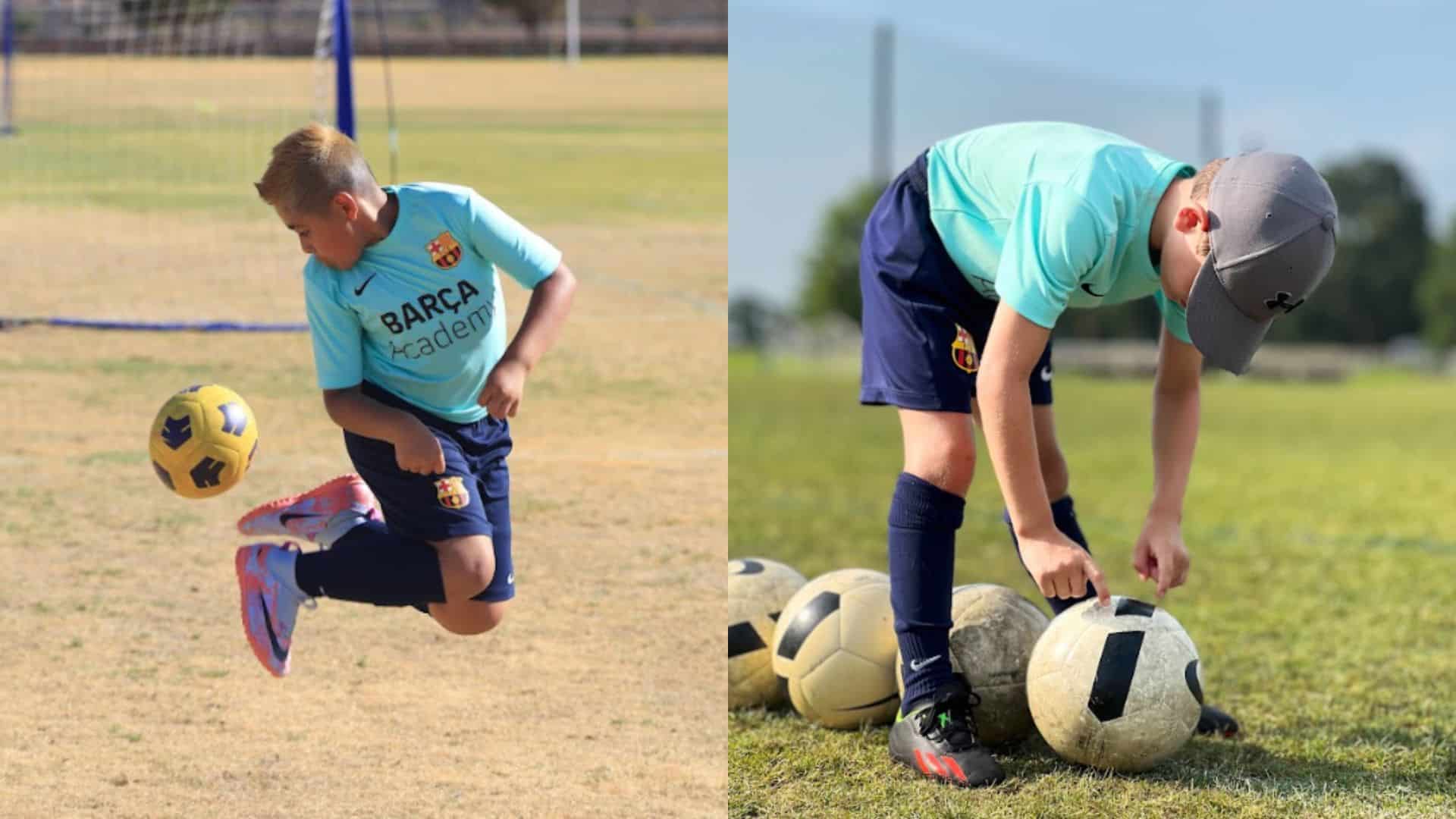
Essential Tips for a Fast and Effective Cleat-Breaking Process
Breaking in your new soccer cleats doesn’t have to be an arduous process. With the right approach, you can ensure they’re comfortable and game-ready in no time. Here are some essential tips for a quick and effective cleat-breaking process.
Use Them During Light Practices
One of the most effective ways to break in your soccer cleats is by wearing them during light practices. This allows your feet to get used to the new shoes, and the shoes to mold to your feet’s shape. However, avoid using them in intense training or matches until they’re fully broken in. Wearing new cleats during high-intensity activities could lead to foot discomfort and blisters.
Apply a Leather Softener
If your soccer cleats are made of leather, consider applying a leather softener to speed up the breaking-in process. Leather softeners can help loosen the material, making it more flexible and comfortable to wear. Remember to use the softener sparingly, as too much can lead to the shoes losing their shape.

Try the Warm Water Technique
An old but gold method for breaking in soccer cleats is the warm water technique. To do this, soak your cleats in warm (not hot) water for about 20 minutes, then wear them for an hour. This helps the shoes to stretch and form to your feet. Remember to let them dry naturally afterwards. Using a heat source to dry them can damage the material.
Use Newspaper or Socks
An alternative method is stuffing the cleats with newspaper or old socks. This method also helps the cleats mold to the shape of your foot, preventing areas that are too tight or uncomfortable. Just be sure to remove the stuffing before you wear them, and don’t leave it in for too long as this can cause the cleats to lose their form.
Never Try to Break Them in All at Once
As tempting as it may be, never attempt to break in your cleats all at once. This could lead to serious foot pain and possible injury. Breaking in cleats is a gradual process, and rushing can do more harm than good. Wear them for short periods at first, gradually increasing as they become more comfortable.
Breaking in soccer cleats effectively and quickly is not an impossible task. By following these tips, you’ll have your new cleats comfortable and ready for the field in no time. Remember, the key is patience and taking it slow!
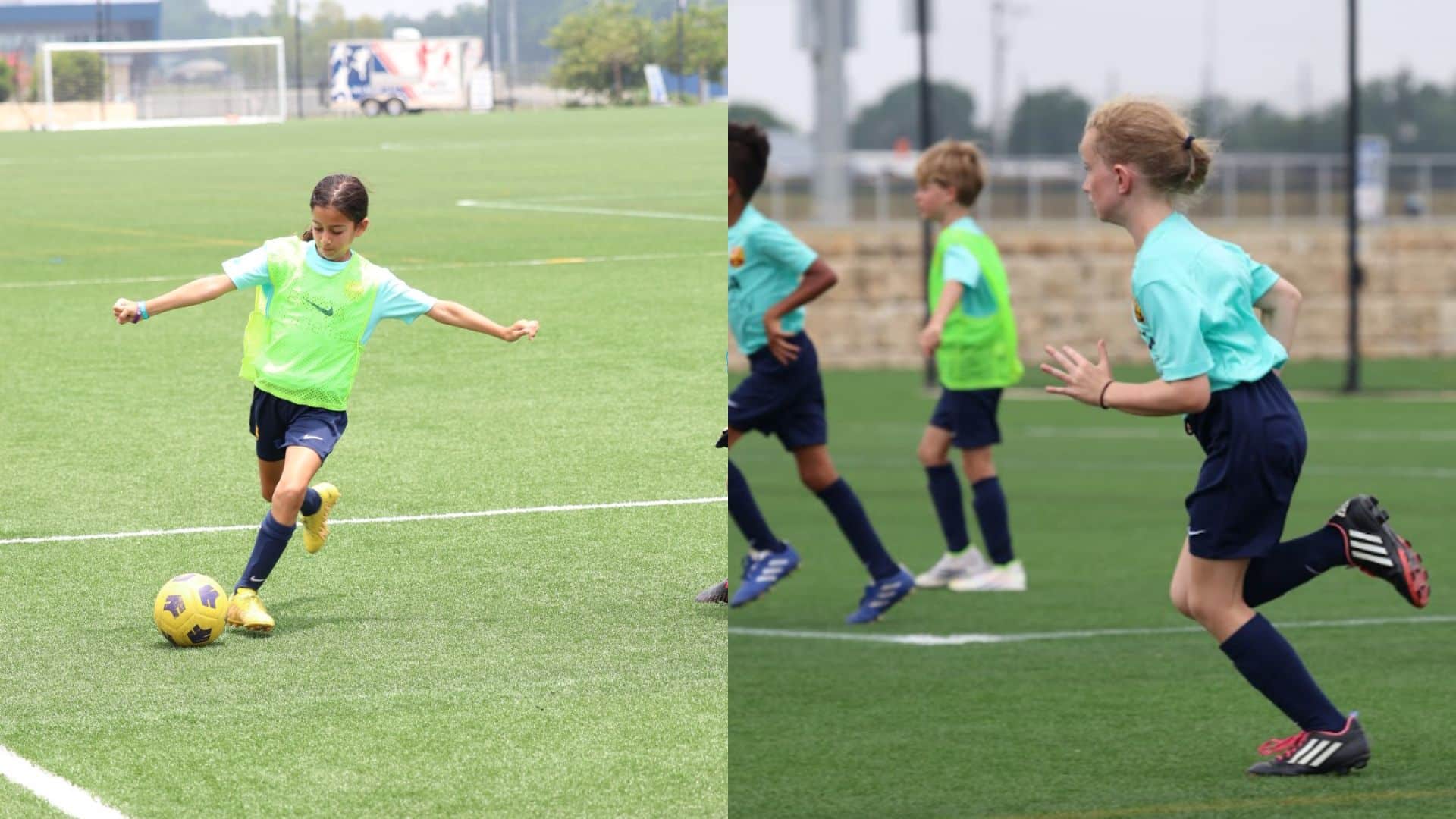
Common Mistakes While Breaking in Soccer Cleats
Soccer enthusiasts, we’ve all been there! The excitement of buying a new pair of soccer cleats often takes precedence over the crucial task of breaking them in. In our rush to hit the field with our shiny new kicks, we tend to overlook the importance of properly breaking in our cleats, leading to common mistakes that can affect comfort and performance. So let’s avoid those ‘ouch’ moments and take a look at some of these common missteps, and learn how to avoid them.
1. Wearing New Cleats to Practice or a Game
Big no-no! It might be enticing to show off your brand new cleats at practice or during a game, but resist the urge. Your feet need to adjust to the new footwear gradually. Instead, wear them around the house for a few days prior to hitting the field.
2. Ignoring the Importance of Socks
Choosing the right socks is as important as selecting the right cleats. Wearing thin or low-quality socks while breaking in shoes can lead to blisters and discomfort. Pro tip: Opt for thick, cushioned socks to provide an additional layer of comfort and protection.
3. Overlooking the Role of Heat
Heat can help soften the material of soccer cleats, making them more pliable and comfortable to wear. But remember, don’t go overboard with this. Applying too much heat can damage the shoes. So, avoid using devices like hair dryers for this purpose. Instead, wear your cleats during a warm part of the day, allowing your body heat to naturally soften them.
4. Skipping the Lacing Technique
Believe it or not, the way you lace your cleats can impact how they fit and feel. Rushing through the lacing process or tying them too tightly can lead to discomfort. So, take the time to lace them up properly, ensuring they are snug but not overly tight.
5. Neglecting Post-Break-In Care
The job isn’t done after the break-in period. Regular maintenance is essential to keep your cleats comfortable and long-lasting. Clean them after every use, let them dry naturally, and store them properly. This will also help maintain their shape and fit.
Breaking in your soccer cleats is crucial for optimal comfort and performance on the field. Avoiding these common mistakes can make the process smoother and more effective. Remember, patience is key – give your new cleats the time they need to mould to your feet properly.
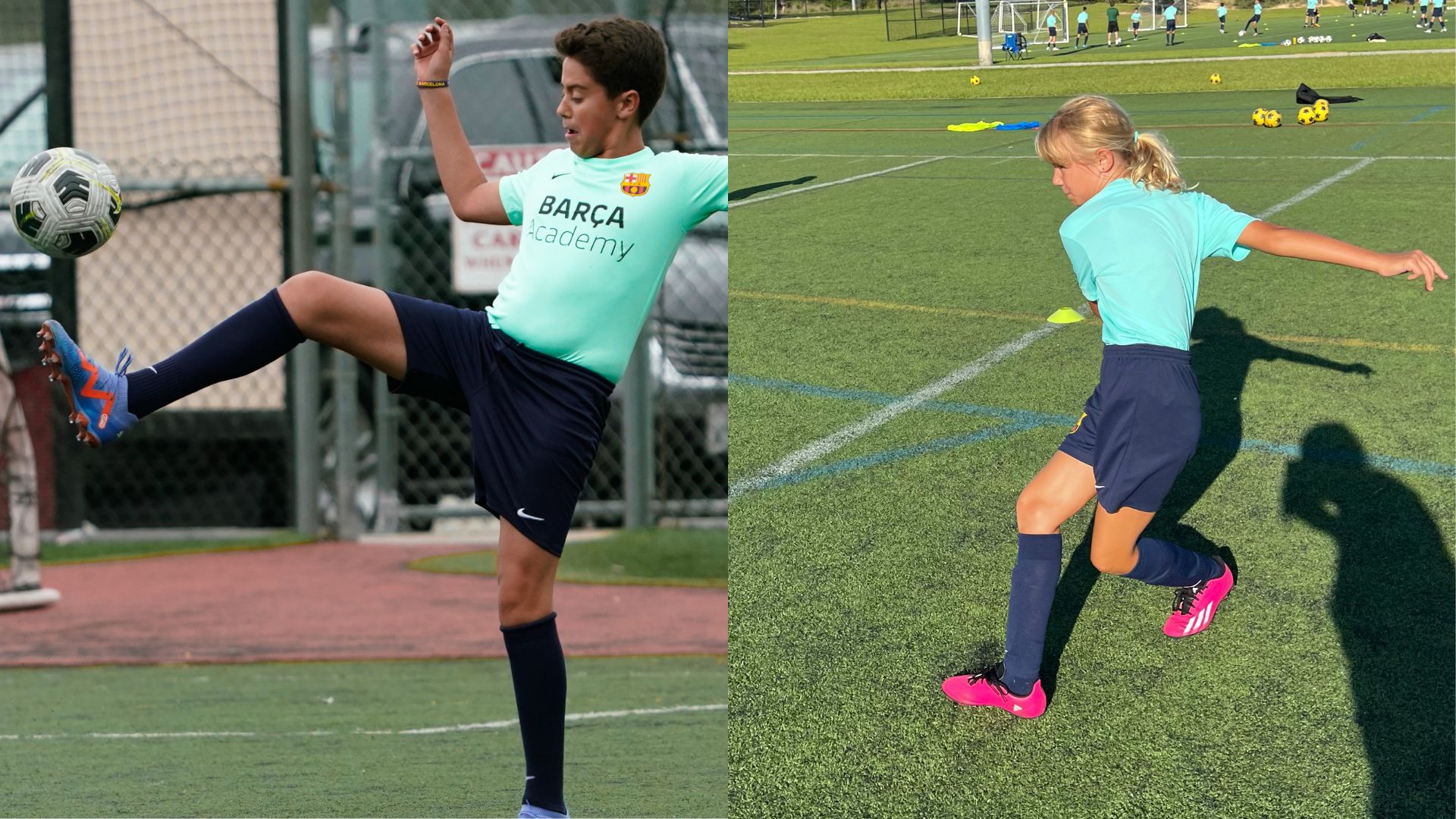
How to Avoid Blisters and Discomfort When Breaking in Soccer Cleats
One of the not-so-pleasant experiences when breaking in new soccer cleats is dealing with blisters and discomfort. But don’t let that put you off – there are effective ways to avoid these issues and make your cleat-breaking process as comfortable as possible. Let’s explore how!
1. Gradually Increase Wearing Time
Patience is key here. Don’t expect to wear your new soccer cleats for a full 90-minute match right out of the box. Start with 20-30 minute sessions and gradually increase the time as your feet start to get comfortable. This gradual break-in process allows your feet to adjust to the new shoe structure without causing undue strain or blisters.
2. Use Moisturizing Agents
A useful trick to soften your soccer cleats and make them more foot-friendly is to use moisturizing agents. Apply a generous coat of petroleum jelly or specialized foot creams on the areas of your feet that are more prone to blisters (typically the heel and sides of your feet). This creates a layer of protection between your skin and the shoe, reducing friction and consequently, the risk of blisters.
3. Wear the Right Socks
The type of socks you wear plays a crucial role in avoiding discomfort. Opt for thick, moisture-wicking socks that provide an additional layer of cushioning between your skin and the shoe. It’s also a good practice to wear two thin pairs of socks during the break-in period for added protection.
4. Warm Up Your Cleats
Did you know that warming up your cleats can help them mold to your feet quicker and more comfortably? Use a hairdryer to gently warm the shoes before wearing them. Remember to avoid overheating as it might damage the material. Wearing warmed-up cleats can make a big difference in comfort levels and help avoid blisters.
5. Use a Shoe Stretcher or a Stretching Spray
A shoe stretcher can help to expand the material of the cleat, making more room for your feet. If you don’t have a shoe stretcher, consider using a stretching spray that is designed to soften and stretch shoe materials. This can significantly cut down the break-in time and reduce discomfort.
6. Rest and Recover
Finally, remember that rest is just as important as practice when breaking in new cleats. If you feel any persistent discomfort or see signs of blisters, give your feet some time to recover before wearing the cleats again. Pushing through the pain won’t speed up the process, but it can lead to unnecessary injuries.
Breaking in new soccer cleats doesn’t have to be a painful process. With a little bit of patience and these handy tips, you can make your cleats game-ready while keeping your feet comfortable and blister-free. Happy playing!
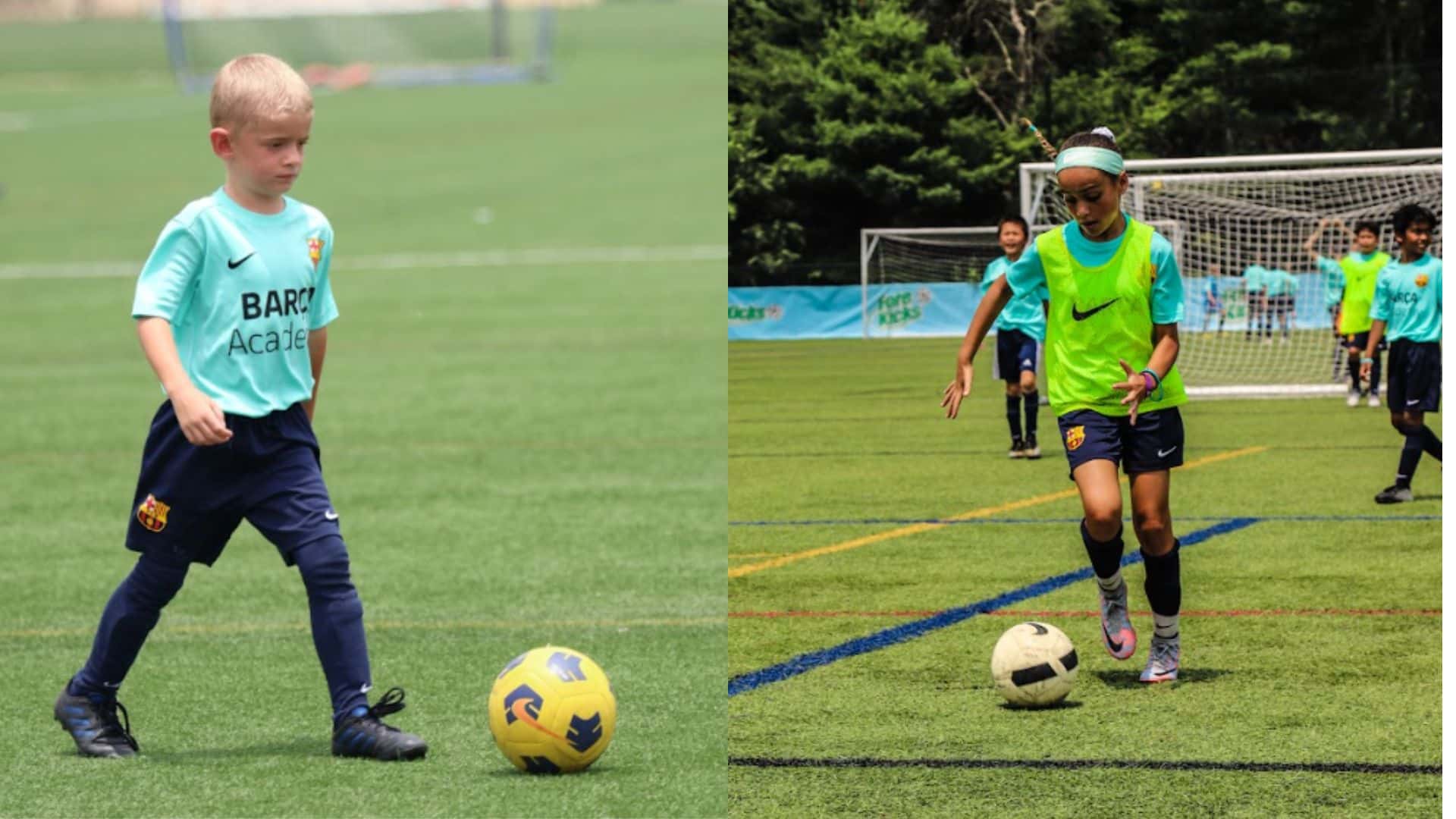
Maintenance Tips: Ensuring Your Soccer Cleats Stay Comfortable and Last Longer
After successfully breaking in your soccer cleats, you want them to stay comfortable and last longer, right? It’s just like forming a beautiful friendship. You’ve put in the hard work to build a bond, and now it’s about maintaining that relationship. Here, our focus will be on some top tips for ensuring your soccer cleats provide you with long-lasting comfort and durability.
Keep Them Clean
Just like you wouldn’t go weeks without showering, don’t neglect your cleats. After each game or practice, take a few minutes to clean off any dirt or grass that’s stuck to them. You can use a soft brush or old toothbrush and some warm water. But remember, no aggressive scrubbing – that could damage the material.
Proper Drying Technique
After cleaning, it’s crucial to dry your cleats properly. Wet cleats are not only uncomfortable, but they can also develop mold and start to smell. And, that’s not something anyone wants! Never leave your cleats wet. Instead, stuff them with newspaper or a dry towel and leave them in a well-ventilated area – but avoid direct sunlight or heat sources which can damage the material.
Rotate Your Cleats
If you’re a regular player, consider having more than one pair of cleats. This allows you to rotate your cleats, giving each pair a break and time to completely dry out between uses. It’s a smart way to extend the lifespan of your soccer cleats.
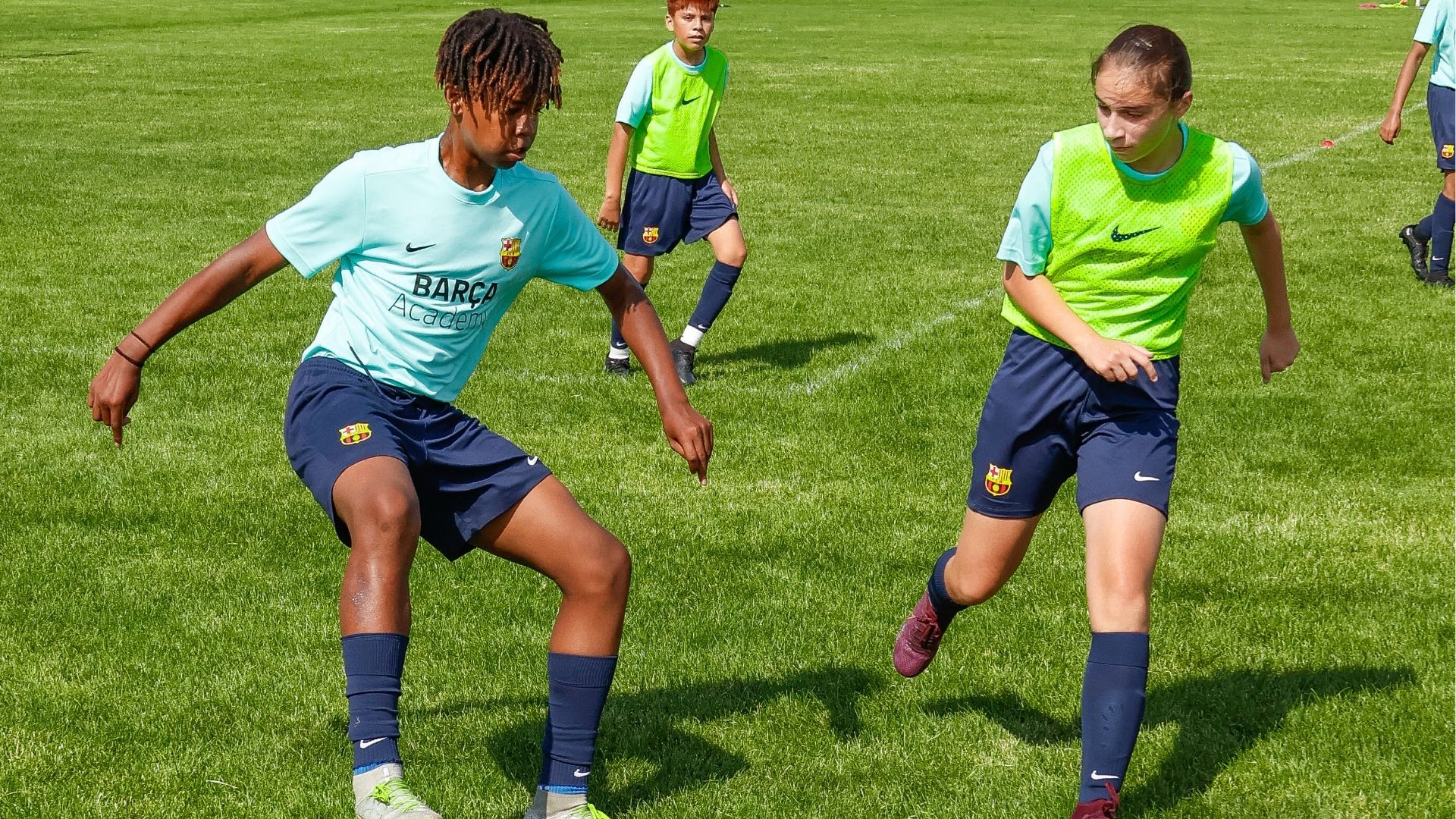
Store Them Correctly
When you’re not wearing your cleats, they should be stored correctly to keep them in excellent condition. This means storing them in a cool, dry place, and never in a closed bag where they can’t breathe. A good rule of thumb is to treat your cleats how you’d want to be treated – don’t leave them in uncomfortable conditions!
Check Regularly
Finally, give your cleats a regular check-up. Look for any signs of wear and tear, especially on the sole. If you spot any damage, it’s better to address it immediately than wait for it to worsen. Remember, your cleats are an integral part of your game – treat them well!
Breaking in a new pair of soccer cleats can be a journey, but once you’ve developed that perfect fit, it’s all about maintaining it. With these tips, your cleats will stay comfortable and last longer, giving you the best performance on the field. So, keep them clean, dry them correctly, rotate if possible, store them right, and give them regular check-ups. Now, you’re all set to keep your cleats in top shape for many games to come. Happy kicking!





